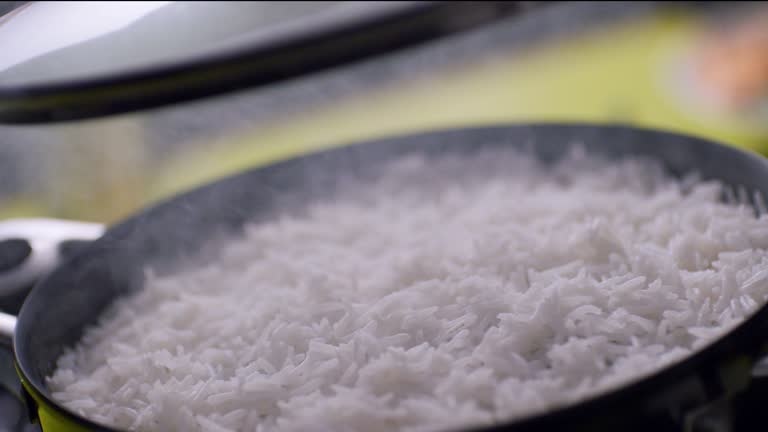Choosing the right rice is crucial for crafting the perfect sushi, a dish beloved by many worldwide. In this article, we delve into the differences between Calrose rice vs Japanese rice, both popular choices for sushi lovers. Understanding these differences will help you decide which type is best suited for your culinary needs.

Introduction to Rice Varieties
Rice is a staple in many cuisines, serving as the foundation for numerous dishes globally. Both Calrose and Japanese rice are known for their unique attributes that enhance various meals, particularly sushi.
What is Calrose Rice?
Calrose rice is a medium-grain rice originating from California, conceived in the 1940s. Known for its soft texture and slightly sticky nature when cooked, it’s frequently used in Western preparations of Asian foods.
Characteristics of Calrose Rice
Calrose rice has a neutral flavor, which makes it versatile. It’s conveniently adaptable to various recipes beyond sushi, such as rice bowls and side dishes.
What is Japanese Rice?
Japanese rice, often referred to in context as short-grain rice, is indigenous to Japan. It’s an integral component of traditional Japanese meals and is renowned for its slightly sweet taste and sticky texture.
Types of Japanese Rice
There are several types of Japanese rice, with Koshihikari and Akitakomachi being among the favorites for their exceptional qualities making them ideal for sushi.
Why the Choice Matters for Sushi
The rice used in sushi is critical for its overall taste and texture. The ideal sushi rice is slightly sticky to ensure it holds together, yet should possess an unparalleled delicate flavor.
Comparison of Texture
Both Calrose and Japanese rice offer the sticky texture necessary for sushi. However, Japanese rice tends to be somewhat stickier and fluffier, contributing to the authentic sushi experience.
Flavor Differences
While Calrose rice offers a relatively neutral palate, Japanese rice is celebrated for its subtle sweetness, enhancing the savory ingredients within sushi.
Cooking Techniques
Both rice types require specific cooking techniques to achieve the perfect consistency for sushi. Its crucial to follow exact measurements and techniques for the best results.
Culinary Flexibility
While both rice types are excellent for sushi, Calrose rice’s versatile nature allows it to be used in a variety of dishes, making it a convenient choice for diverse culinary adventures.
Cost and Availability
Calrose rice is typically more readily available in Western countries and may be less expensive than Japanese rice, which can be a factor depending on your budget.
Choosing the Right Rice for Your Needs
The choice between Calrose and Japanese rice depends on several factors, including personal preference, specific recipe requirements, and availability.
Handling and Storing Tips
Regardless of the rice type you choose, proper storage is essential to maintain quality and extend shelf life. Ensure rice is stored in a cool, dry place.
Expert Recommendations
Experts often recommend experimenting with both rice varieties to find your taste preference. Engage with these flavors and see which complements your sushi best.
Frequently Asked Questions
What kind of rice is typically used for sushi?
While sushi traditionally uses Japanese short-grain rice, Calrose rice is also a popular alternative because of its similar texture and stickiness.
Can I substitute Calrose rice for Japanese rice?
Yes, Calrose rice can be used as an alternative for Japanese rice in sushi, especially when authenticity isn’t a stringent requirement.
Where can I find authentic Japanese rice?
Authentic Japanese rice can typically be found in Asian grocery stores or ordered online for convenience.

Conclusion
Both Calrose rice and Japanese rice bring unique qualities to the food they accompany. Whether you’re aiming for authenticity or seeking versatility, understanding the differences will allow you to make an informed choice for your next sushi-making adventure.
This article contains affiliate links. We may earn a commission at no extra cost to you.




